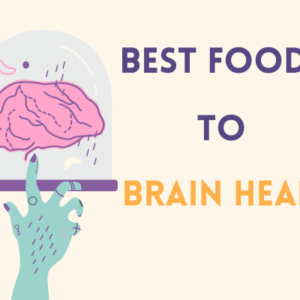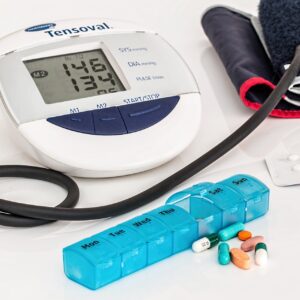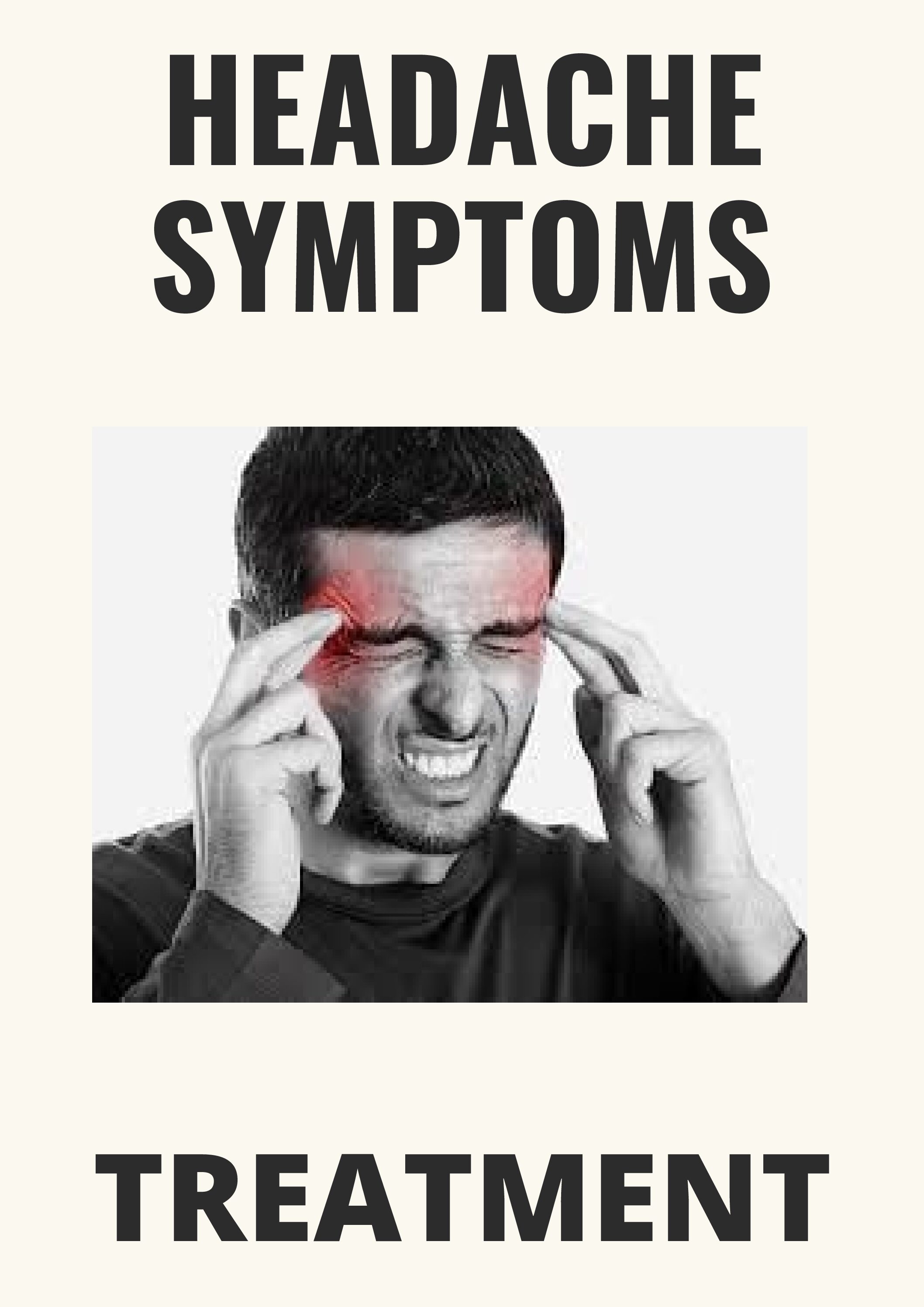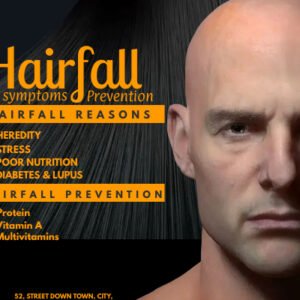Table of Contents
Wheat Allergy- Symptoms and Causes
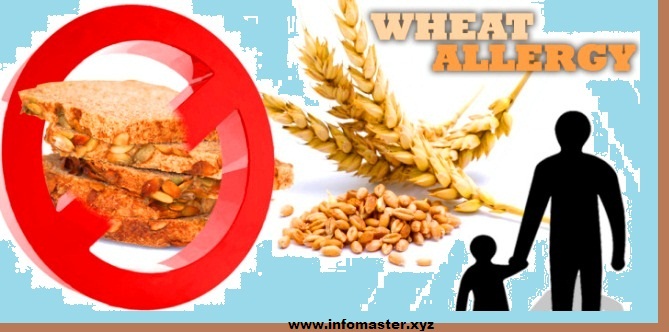 For the past few years, children are suffering from allergic diseases such as an allergy that is called Gluten. This is a different kind of disease, its dangers are not like other diseases, and it is not even deadly. But if it is not resolved on time, it can take the form of other complex diseases. It is also called celiac disease. In the absence of awareness, children with this disease can not develop fully and neither have proper treatment. Today we will talk about the same disease. What is a wheat allergy, what are its symptoms and how to avoid it?
For the past few years, children are suffering from allergic diseases such as an allergy that is called Gluten. This is a different kind of disease, its dangers are not like other diseases, and it is not even deadly. But if it is not resolved on time, it can take the form of other complex diseases. It is also called celiac disease. In the absence of awareness, children with this disease can not develop fully and neither have proper treatment. Today we will talk about the same disease. What is a wheat allergy, what are its symptoms and how to avoid it?
What is this disease?
According to doctors, it is an autoimmune disease. People suffering from this disease are allergic to the protein known as gluten, present in wheat, barley, and oats. This is a hereditary disease. Its cases mainly come in most young children by ages 3 to 5, but due to non-treatment, this disease continues in the adult stage. If doctors believe that the immune system of the body starts making antibodies against its own protease in this disease. Doctors believe that it damages the small intestine of children’s stomach. It reduces the ability of the intestinal to absorb nutrients. Look at the data, one in every hundred children in the country is suffering from this disease. That is, 1.5 million children are victims of this. The number of children suffering from this disease in Delhi-NCR is only 1.5 lakh.
What are the symptoms of wheat allergy?
According to doctors, the main symptoms of wheat allergy include:
- Hives, itchy rash or swelling of the skin
- Nasal congestion
- Headache
- Anemia
- Small height and weakness of the body
- Stopping the development of the child
- Itchy, watery eyes
- Difficulty breathing
- Cramps, nausea or vomiting
- Diarrhea
- Anaphylaxis
If this disease persists for a long time, then the risk of intestinal cancer and lymphoma (resistance to cancer of the system) is created. Apart from this, there is also a problem of sneezing, skin rashes, mouth and throat irritation, arthritis, chest pain, cough, vomiting, dizziness, and fatigue.
What are the cautions required – How to avoid it.
There is no cure for this disease, but this disease can be avoided by avoiding a diet containing gluttonous sources of food. The child suffering from wheat allergy has to avoid lifetimes containing gluten-rich food items. To abide by this rule, there is a need for strict restraint and caution in terms of food and drink.
Which diet is the cause of wheat allergy?
According to the doctors, children or adults suffering from this disease should not eat biscuits, roti, bread, matted or any other item containing gluten. From wheat, barley, and rye, you should avoid at all. Apart from this, there can also be gluten in Fast Pizza, Pasta, Muffins, Cookies, Beer, Ice Cream, Noodles and Jelly Bean. In such a situation, it should be avoided.
What to eat:
Foods like rice, maize, jowar and all kinds of beans, fruit, vegetables, milk, and yogurt can be used for a gluten-free diet.
What to avoid:
The following foods are possible sources of wheat proteins and should be avoided:
- Most baked products, including cookies, cakes, donuts, muffins, crackers, pretzels, waffles, and bread
- Breakfast cereals
- Beer, Rootbeer
- Sauces, soy sauce, Worcestershire sauce, gravies, and condiments, such as ketchup
- Pasta and noodles that are made with wheat
- Ice cream and ice cream cones
- Dumplings
- Gelatinized starch and modified food starch
- Hydrolyzed vegetable protein
- Processed meats, such as hot dogs
- Meat, crab or shrimp substitutes
- Monosodium glutamate
- Natural flavorings
- Vegetable Gum
Barley, oats, and rye also contain some of the proteins contained in wheat. A person with a wheat allergy may be allergic not just to wheat, but to rye, oats, and barley too. So it should also be avoided.




